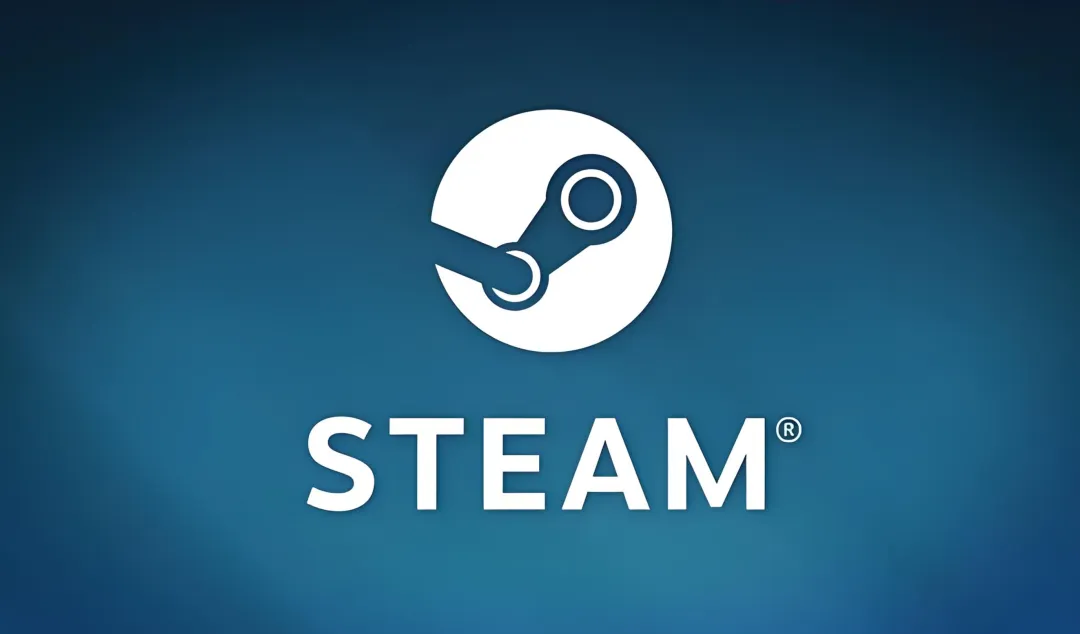
In Steam, accounts can freely transfer or trade items within various games. In the online gambling industry, this form of trading can be seen as a cash-out outlet for players.
I will use "Counter-Strike" (abbreviated as CS) as an example and explain it in several parts: background introduction, target audience, upstream and downstream supply chain, and operational plan.
Background Introduction
"Counter-Strike" (abbreviated as CS) started in 1999 as a player-made mod for "Half-Life," created by Minh Le and Jess Cliffe. Due to its unique team competition mode and tactical gameplay, it quickly became popular. Valve Corporation later acquired the mod and released multiple versions. The 2012 release of "Counter-Strike: Global Offensive" (CS:GO) became the most successful version, establishing a vast esports ecosystem and virtual item trading market.
Every year, various major events are held, mainly in Europe and the United States, including the annual Major championships organized by Valve, with prize pools reaching millions of dollars; well-known event organizations such as ESL and DreamHack host ESL One, IEM, and DreamHack Masters; and FACEIT organizes ECS and BLAST Premier. Each event attracts top global teams and a large audience, making CS a significant part of the esports world. These events and participating teams are sponsored by major gambling companies, making CS esports betting particularly popular.
With the enhancement of events and various online streamers, the game has over 20 million players worldwide as of 2023, with nearly 20 million active monthly players, making it one of the most popular games on Steam. CS has a huge player base and an active esports community globally, continuously attracting both new and veteran players. The history of the game and its player base have created a stable market for CS virtual items.
In the 2012 release of "Counter-Strike: Global Offensive" (CS:GO), Valve introduced a loot box mechanism for the first time, where players randomly receive loot boxes during the game, each box requiring a key costing approximately $2.49 to $2.79 to open. Upon opening, players randomly receive various valued virtual game items, which are allowed to be freely traded between accounts, thus creating a large and stable virtual game item trading market. The market's different items are similar to different stocks in the stock market, possessing potential value, thus attracting a large number of non-player users to invest in the market for profit.
CS loot boxes are somewhat known to everyone, similar to traditional gambling's lottery or slot machines, because they can provide a thrilling experience of winning big with a small bet, bringing endless expectations and fun to countless players and viewers. Also, due to the low cost threshold, players of different levels can enjoy it, all wanting to experience that thrilling moment. However, there are often cases where players invest a lot but end up losing everything, which can be said to be normal. Unlike other game companies, Valve does not design a guaranteed mechanism in such probability games, so many players have a love-hate relationship with it.
Because the game is based on the Steam platform, and because Steam naturally supports trading functions, coupled with countless players being manipulated by the official mechanism, third-party loot box websites have emerged. Players obtain website tokens through online recharge, open different boxes with these tokens, and the website binds the player's Steam account through the Steam open platform API, facilitating the transfer of items drawn from the website to the user's Steam account via Steam gift trading.
This type of website has won the love of countless players, with advantages such as high RTP, a wide variety of customizable loot boxes, and compensating for the shortcomings of official loot boxes. Even the websites have developed more gameplay options beyond the official loot box mechanics, offering various gameplay options that you can't even imagine.
In fact, these loot box websites are similar to traditional online gambling industries like slot machines and electronic games, but they integrate the game IP, converting the transaction unit from currency to game item props, providing better cultural and community value.
Target Audience
CS players are widely distributed globally, covering almost all regions. Europe and North America are the main markets, with European countries like Russia, Germany, and France having a large number of players; North America is mainly the United States and Canada. The Asian market is also growing rapidly, especially in China, South Korea, and Southeast Asia. South America and the Middle East also have a considerable player base.
Underlying logic: Almost all players have spent a few dollars or even tens to hundreds of dollars on loot boxes, because for each player, obtaining game props and items can only be achieved through continuous gaming or loot boxes. For the former, spending a lot of time on gaming to obtain an uncertain, low-value item is not a wise choice, so most players choose to pay for loot boxes to directly obtain them.
Upstream and Downstream Supply
Now that we have a certain understanding of the loot box business, let's talk in detail about the entire upstream and downstream supply of third-party loot box businesses to give you a better understanding of this sector.
1) Delivery Path
Steam's trading function was initially introduced to complement its Steam trading market business, facilitating item trading between accounts. For various reasons, Steam does not oppose transactions outside the Steam trading market and supports gift-style trading modes, even providing an open API. This has led to the emergence of numerous third-party Steam trading markets, which do not have high transaction fees and are currently the main trading path for players. This is another business area, not discussed in detail in this article. For third-party loot box websites, this is a natural support, allowing websites to conveniently deliver items to corresponding players.
2) Delivery Inventory
If players draw a large number of game items on the website, how should the website handle it when players need to exchange them for actual value?
Item Delivery
In the early days, various loot box websites purchased large inventories from various trading markets to their own Steam accounts on the website, then delivered items to loot box players through API. Due to the emergence of numerous unscrupulous black websites at that time, many players began to disdain this, and with a certain market share of official loot boxes, Steam cracked down on this, banning many loot box inventory accounts, leading more quality websites towards the path of black websites. Here it should be mentioned that both the Steam platform and CS are developed by the same company, Valve.
Based on the above events, if conscientious loot box websites want to deliver to players, they can no longer do so by hoarding inventory themselves. Therefore, another dark industry was born, which is to cooperate secretly with regular third-party trading markets.
Let's briefly introduce the logic of third-party trading markets: Buyers and sellers bind their Steam accounts to the third-party trading market, and sellers must inform the third-party of their account API key. Sellers can then list their Steam backpack items, and buyers can purchase the seller's listed items by recharging on the third-party. After successful payment, the third-party will use the seller's provided API key to gift the item to the buyer through the Steam trading API.
After introducing this, let's continue talking about a new delivery path for loot box websites — cooperation with third-party trading markets. Because third-party markets have a large number of items for sale, loot box websites no longer need to hoard items for delivery transactions. Through cooperation, third-party provides API interfaces to loot box websites. When the third-party receives a transaction request, it will automatically create a virtual account on its platform to find matching items for purchase transactions, and then the third-party trading platform will settle with the loot box website. This decentralized trading method is no longer controlled by Steam. Here is a recommended website that publicly provides this delivery method (https://www.zbt.com/cn/home.html), offering market transactions for games like CS, DOTA, PUBG for loot box website cooperation.
Item Exchange
The website can also provide a purer method. For users who pursue monetary value, directly exchanging currency for cash withdrawal is more convenient, saving the process of loot box websites delivering items to players and players selling them in the market. Additionally, for some low-value items, it might be more appropriate for players to exchange them back into loot box website currency for a second loot box opening!
Operational Plan
RTP Setting
In the design of gambling games, RTP (Return to Player) is a key indicator, representing the proportion of returns players can expect over the long term. RTP is usually expressed as a percentage, with a higher RTP meaning that players recover a higher proportion of money in the game. Setting RTP between 85% and 98% can achieve better market reputation. Currently, the RTP setting in the loot box industry is generally low, resulting in low player retention and poor industry reputation, with short-term operations cutting a wave of leeks and continuing to change shells. Professional settings and good reputation help better occupy the market and gain a foothold.
Promotional Activities for New Users
Online gambling websites often create some promotional activities for new users at the beginning, such as bonus money, free times, and referral rewards. These conventional operational activities have proven effective in the market. Combined with a good RTP setting, they can definitely attract more players and industry reputation.
Cooperation with Streamers and Self-Media
Cooperating with major global game streamers or game-related self-media is one of the best ways to gain traffic. Analyzing the structure and portrait of the main editor's fans is crucial!
Finally
In regions with strict online gambling industry regulations, this type of borderline online gambling has good camouflage, and even in mainland China, many websites are legally active. If you have ideas, you might as well try it at low cost, delve into some leading websites, and set your gameplay and RTP well. I believe there will be good market feedback!
------------
We look forward to discussing more unique insights about online gambling based on Steam with our readers and invite you to follow the global get-rich industry information platform PASA for more firsthand get-rich industry information.
Welcome to subscribe to the PASA official channel: https://t.me/pasaqqzxzz










